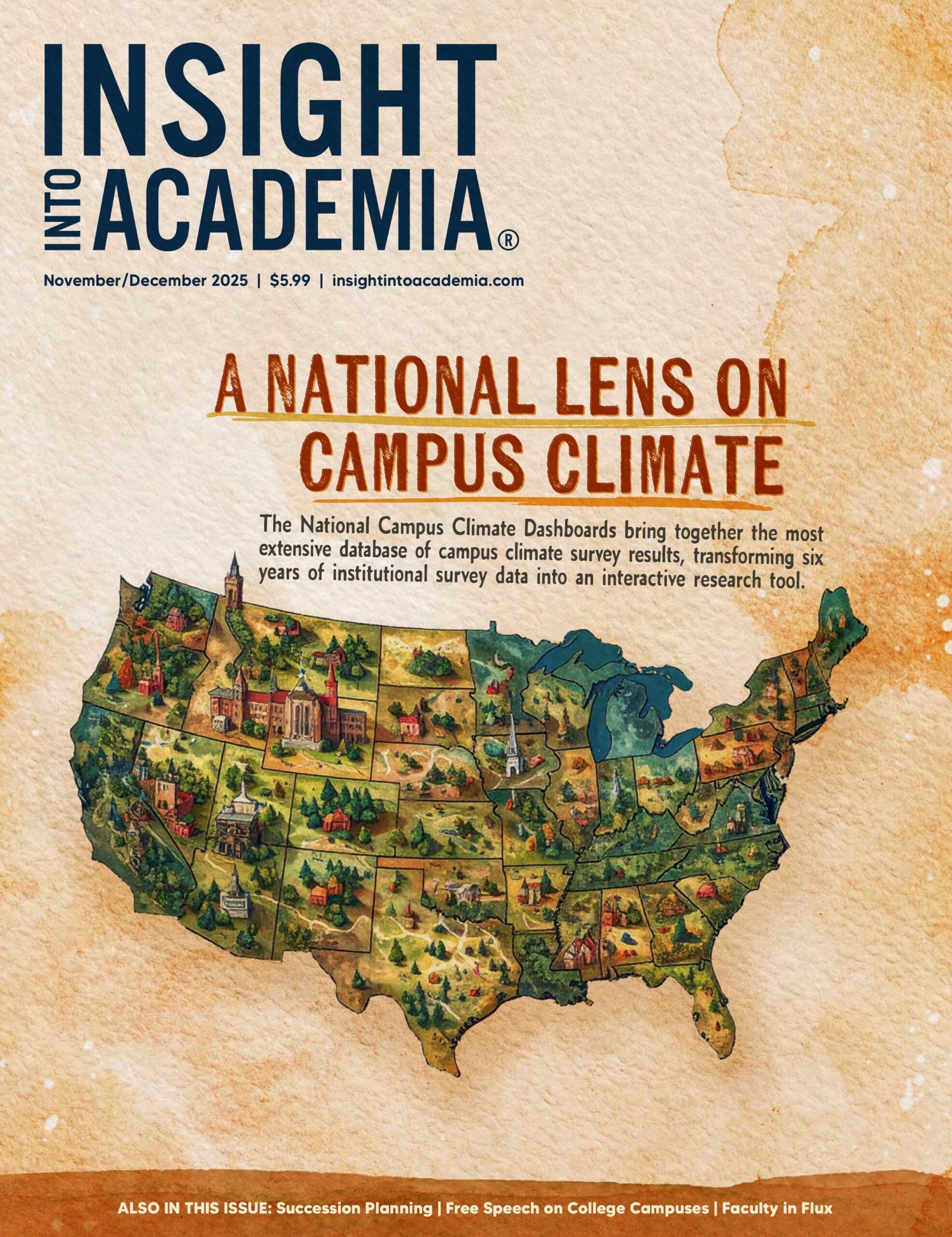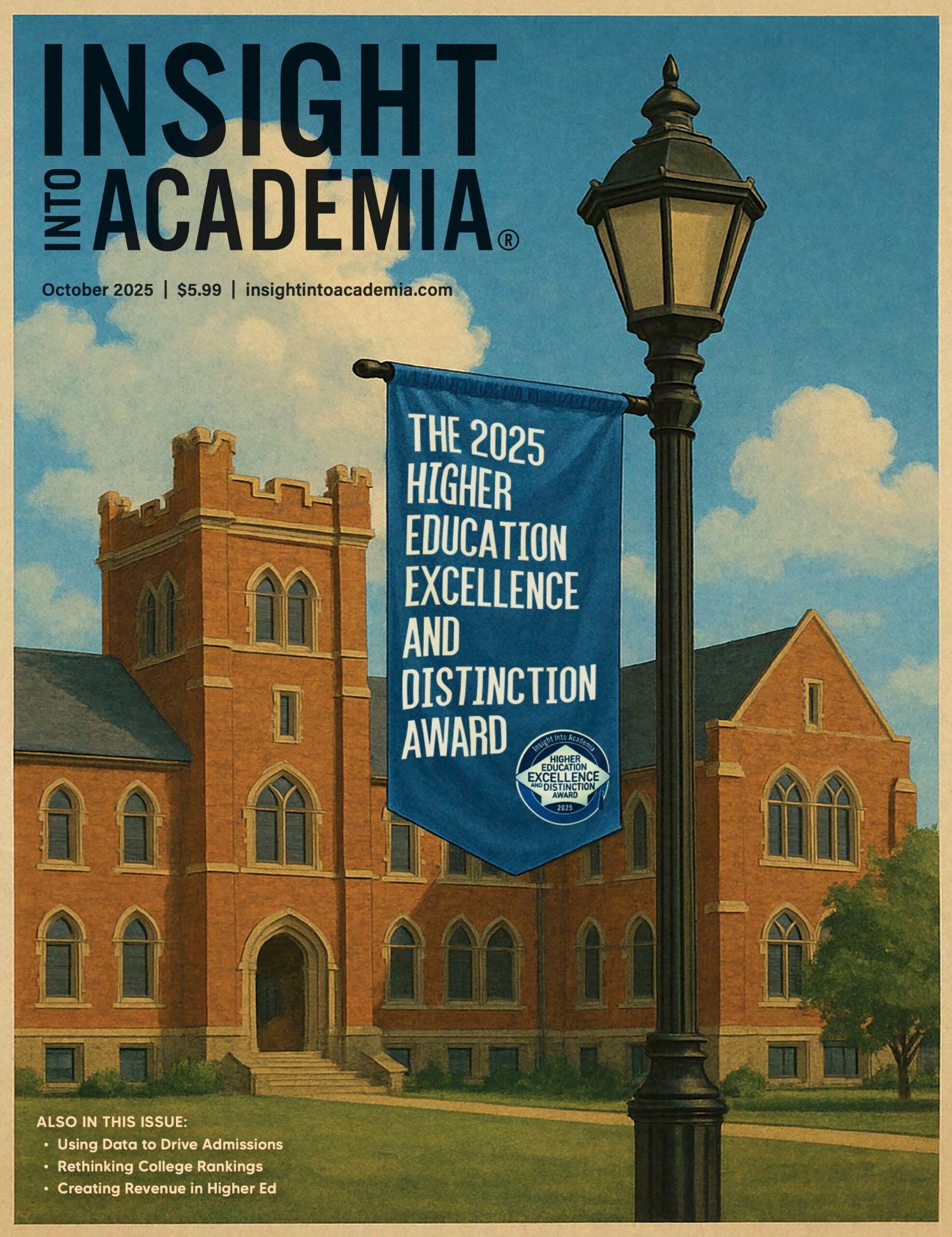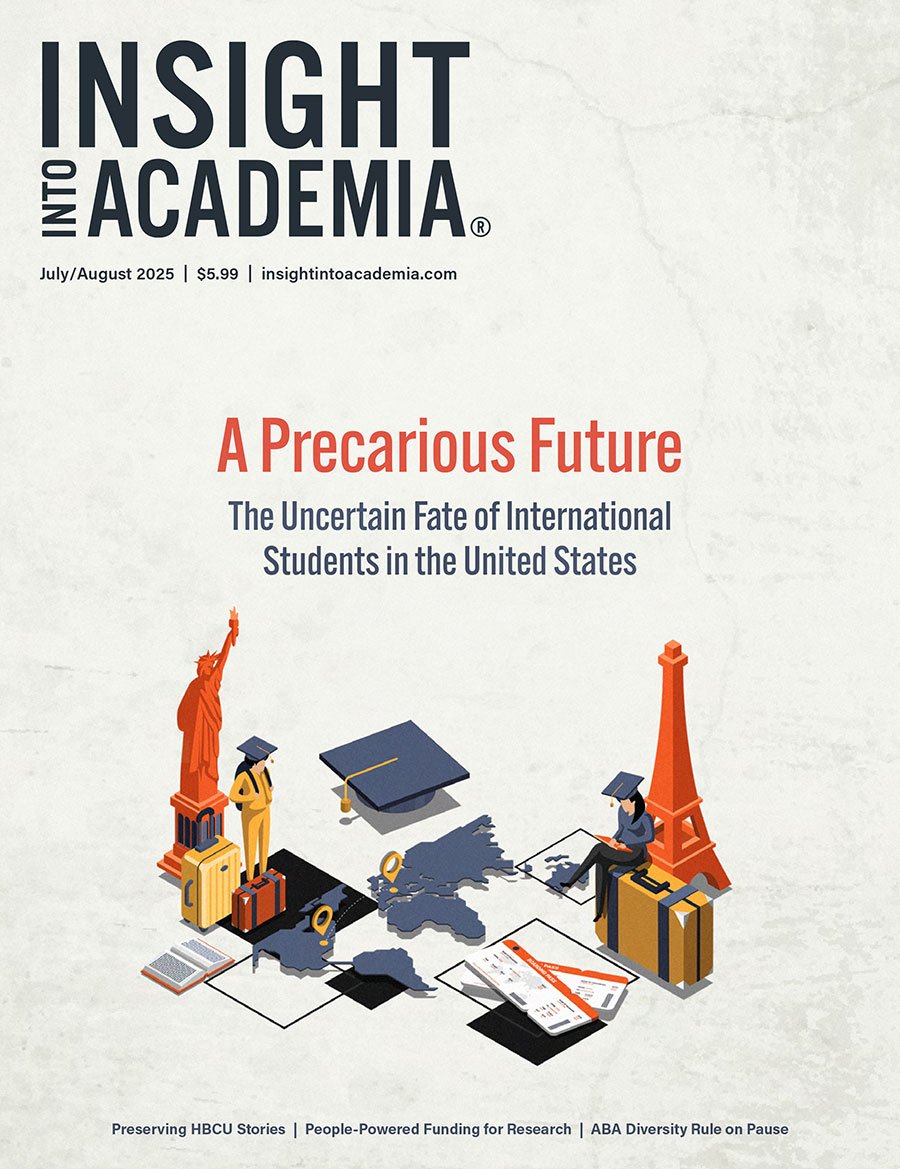A high number of low-income students are dropping out of college this semester, according to enrollment trends and financial aid application data.
An analysis of Free Application for Federal Student Aid (FAFSA) data by the National College Attainment Network (NCAN) found that nearly 100,000 fewer high school seniors completed financial aid applications to attend college this year.
The decreased enrollment numbers underline the economic effects the coronavirus pandemic has had on low-income and underrepresented students, who face higher levels of unemployment and an increased risk for contracting COVID-19. A U.S. Census survey from August showed that students from families with incomes under $75,000 are nearly twice as likely to say they canceled their plans to take classes this fall, compared to students from families with incomes over $100,000.
Black and rural White students have seen the biggest decline based on a recent report of summer enrollment data by the National Student Clearinghouse. While official fall enrollment numbers have yet to be released, education research company EAB tracked tuition deposits at 100 four-year colleges and found that deposits are down 8.4 percent among families making less than $60,000 a year.
The most common reasons students cite for not returning to school are concerns about accessing online classes, the possibility of contracting COVID-19, or the inability to pay for classes because the student or their parent lost a job or experienced a financial setback, according to a U.S. Census survey taken August 19–31.
The high drop off rate has many officials concerned about the academic outcomes for low-income students. According to a National Student Clearinghouse report from last year, only 13 percent of college dropouts ever return and even fewer graduate.
Bill DeBaun, data director for NCAN, put together a tracker to follow FAFSA application completion data. The tracker showed that completion rates decreased 4 percent for all high school students and 6 percent for students from Title I schools, which serve large concentrations of low-income students.
“The ultimate fear is this could be a lost generation of low-income students,” DeBaun told The Washington Post.
















